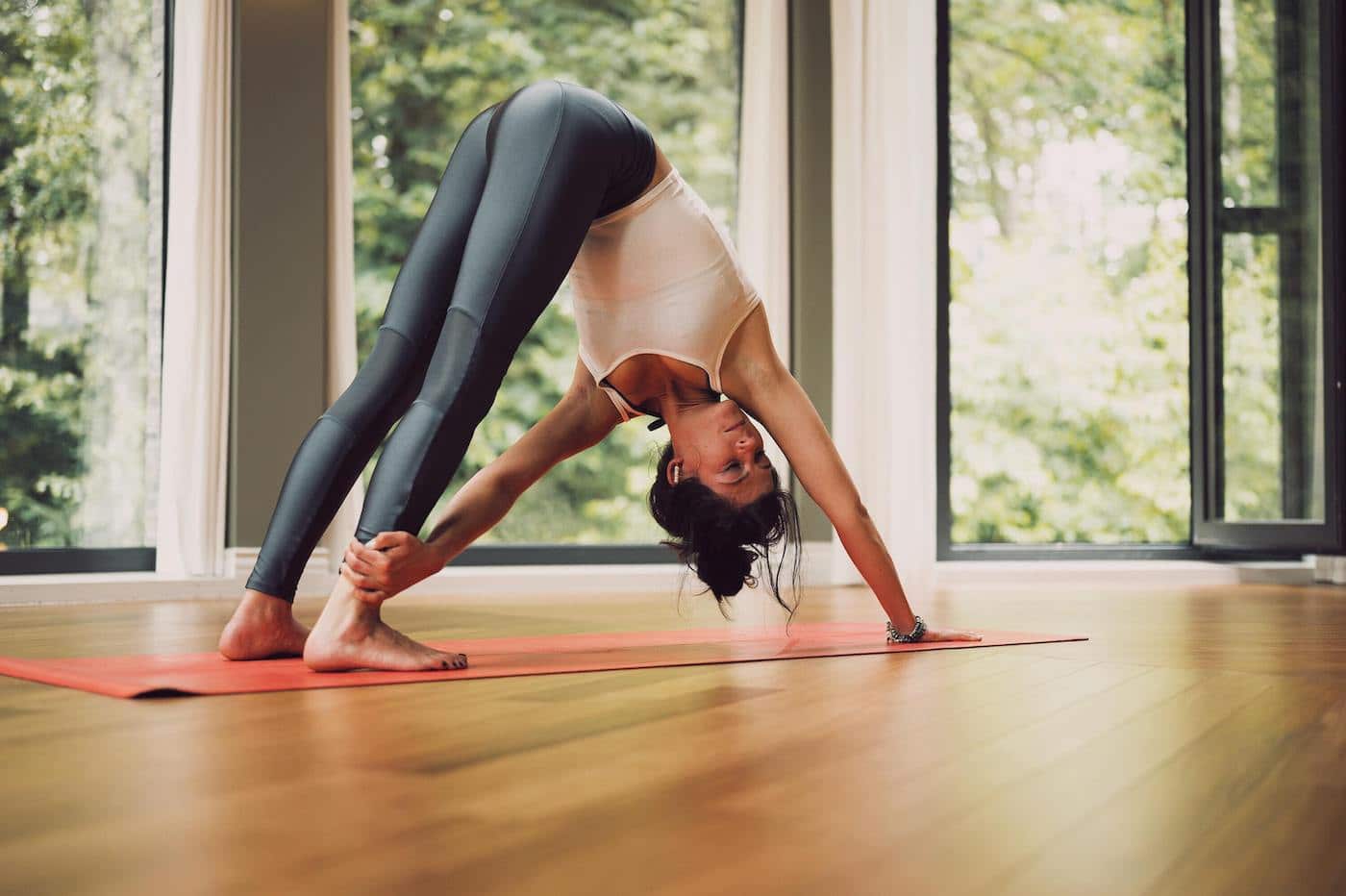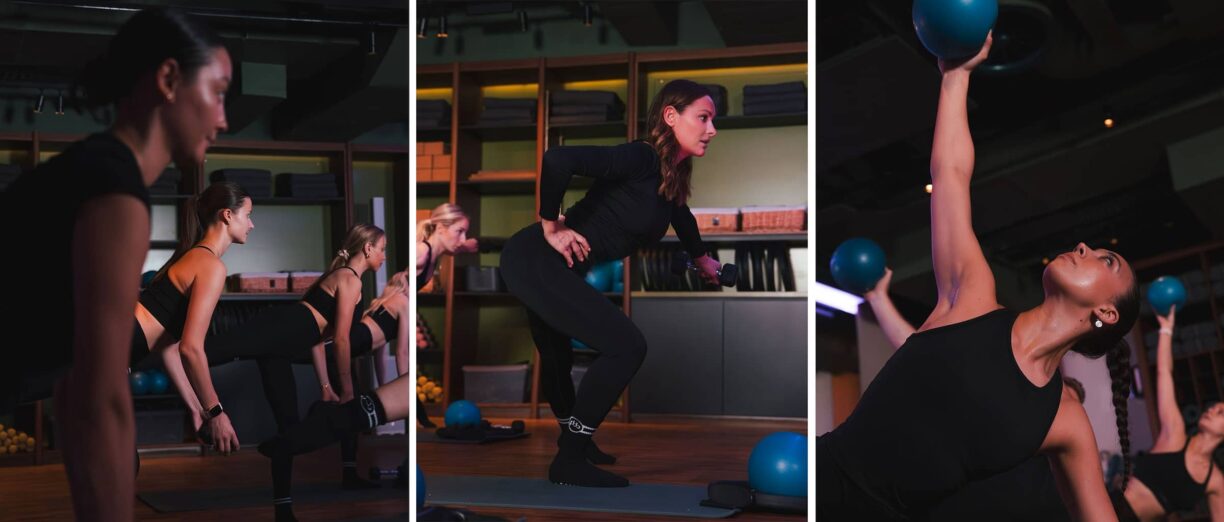In recent weeks, we have witnessed the cancellation of all upcoming sports events, the closure of gyms nationwide, and increasing restrictions placed on our outdoor movements.
While disappointing, such changes to our fitness routine should not derail our health goals.
Yoga may well be the answer to preserving and even improving, our fitness level.
Yoga is the ideal activity for the current condition. It can be practised in any space big enough to hold your body, does not require fancy equipment, can be carried out indoors and is low impact (much to the relief of flat number 3 below).
When panic seems all-consuming, the yoga mat offers a moment of relief and welcomes calm, nurturing the body through gentle, yet powerful movement. In a time when the world feels a little more dangerous, yoga is the perfect refuge.
1. Reduces Anxiety
Anxiety feeds off of uncertainty, a feeling which is very much dominant in the current climate.
Yoga, however, thrives in the present moment, drawing attention away from the external world to focus on the body and breath. In doing so, worry for the uncontrollable gives way to peaceful acceptance of the here and now.
Moreover, regular yoga and meditation practice have been shown to lower levels of the stress hormone cortisol. The subsequent “relaxation response” activates the body’s restorative functions, thereby stimulating a greater sense of calm.
2. Sleep
Dramatic life changes, heightened distress, concern for loved ones, all can cause disruptions to our sleep pattern. In the last month or so, the majority of us will have experienced one if not all of these.
Yoga can help us obtain those all-important eight hours. A regular practice has been linked to boosting melatonin levels, the hormone which helps regulate the body’s internal clock and sleep-wake cycle.
Increased melatonin contributes to a restful night’s sleep, which in turn supports our mental and physical wellbeing, and – now more crucially than ever – a healthy immune system.
3. Strength
The temporary closure of gyms does not have to result in a deterioration of our fitness level. Indeed, yoga can be a challenging workout and improve overall strength.
Several key asana poses are weight-bearing, such as the plank, downward-facing dog and headstand to name a few.
Conducting these positions correctly requires a great deal of strength and endurance, simultaneously working a variety of muscles whereas weight training tends to isolate a single muscle or muscle group.
Moreover, just as practising these weight-bearing yoga poses can improve bone health, getting a sweat on and building fitness is empowering and releases those much-needed endorphins!
4. Flexibility
Tight hips, sore glutes, back pain and a stiff neck. Such are the joys of working from home. Including a regular yoga practice into the working day can counteract muscle tightness, poor posture and musculoskeletal damage brought on from hours hunched over a desk.
Yoga poses such as upward dog, eagle and low lunge release areas in the body that are easily affected by prolonged inactivity.
Such posture stretch, lengthen and loosen muscles that typically create physical soreness, thereby improving our overall range of motion, posture and balance.
5. Outstanding Yoga Teachers.
Online yoga classes have never been more accessible to the general public.
As many yoga teachers adapt to life in isolation, a huge number of in-person classes have been adapted to an online setting.
Whether you’re just starting out, or are a more experienced yogi who prefers to be guided by a qualified yoga teacher, a quick search on Yoga Alliance Professionals will show up countless instructors able to offer an appropriate online class, private tutorial or recorded flow.
Interested? Head to Yoga Alliance Professionals to find a yoga teacher that can get you through this lockdown.





